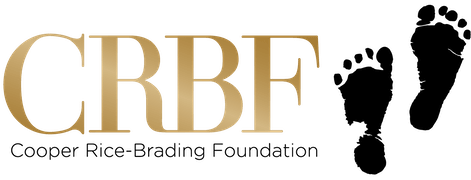 March 12, 2018
March 12, 2018
It is with profound sadness, we have learned of the passing of Gabriella Wehbe, a courageous, and inspiring young lady who staged a fearless and hard -fought battle with rhabdomyosarcoma. Gabby and Cooper were the same age, and were both treated by the outstanding sarcoma team at Chris O’Brien Lifehouse, and this is how they met.
As a family, we were in awe of Gabby’s strength, and humility and the grace in which she took life in her stride, making every moment count. We will never forget the 15th November, 2016, at Sydney University Great Hall, when she and Cooper, despite their personal adversities, delivered speeches outlining their respective sarcoma journeys. Together these bright shining lights, contributed to the outstanding amount raised that evening, of over $500,000, which benefitted the Comprehensive Sarcoma Centre at Chris O’Brien Lifehouse.
Gabby’s speech reminded the guests that night, that no matter how tough the day is, it is nothing in comparison to what young sarcoma patients face hourly, and most choose to simply get on with the job at hand. Rarely a day passes when I do not recall Gabby’s or Cooper’s words from that evening, which are etched in my memory forever.
Suffice to say, Gabby would never quite know or understand the joy, the hope and the inspiration she brought to so many. She will remain a beacon of light in our lives which are enriched as a result of the inspiration you provided so many
Our hearts tonight break for the Wehbe family, and we join with all of those whose lives Gabby touched in sending love, light and strength in abundance to her wonderful family. We understand all too well, your unfathomable loss, and we vow to continue our work in fond memory of the bright shining stars, who have touched our lives forever.


